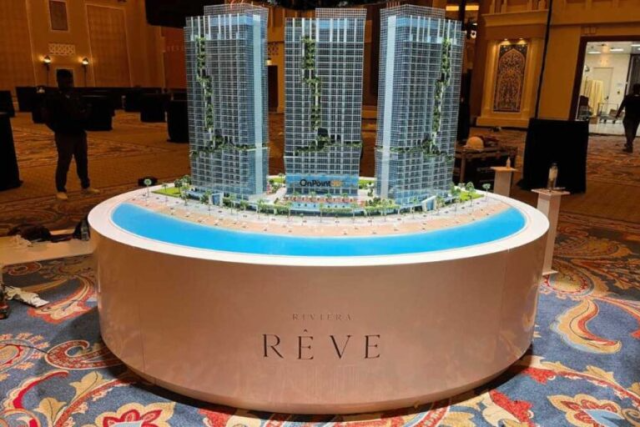Picking the appropriate scale for an architectural model is important in effectively conveying design ideas. The scale determines the level of detail, size, and overall impact of the model. A well-chosen scale allows architects, clients, and stakeholders to understand proportions and spatial relationships clearly. To create accurate and visually appealing models, designers often seek guidance from a professional model making company in Dubai.
Different projects require different scales, depending on the purpose and audience. Listed below are a few tips to help you choose the right one:
Understand the purpose of the model:
The purpose of the model greatly influences the scale choice. For large-scale urban planning projects, a smaller scale (e.g., 1:1000 or 1:500) is ideal to show the layout and overall structure. For detailed interior models, a larger scale (e.g., 1:50 or 1:20) is more suitable to highlight room layouts and furniture arrangements.
Consider the available display or storage space:
Before selecting a scale, it is important to assess the available display or storage space. Large-scale models take up more room, making them difficult to transport or exhibit. Choosing a scale that balances detail and practicality ensures that the model remains functional without being too bulky.
Match the scale to the level of detail:
Smaller scales work well for massing models, where only the overall form and layout are required. However, for models showcasing finer details like textures, windows, and interiors, a larger scale is necessary. For example, a 1:200 model may provide a good balance between overall form and key design elements, while a 1:50 model is better for showcasing interior finishes.
Factor in the budget and time constraints:
Larger, highly detailed models require more materials, time, and labour, increasing costs. Smaller-scale models are more cost-effective and quicker to produce. If the project is on a tight deadline or budget, choosing a mid-range scale that captures essential details without excessive complexity is a practical approach.
Use multiple scales for better clarity:
For complex projects, using multiple models at different scales can provide a inclusive view. A small-scale model (e.g., 1:1000) can show the entire site, while a larger-scale model (e.g., 1:100 or 1:50) can focus on specific sections with more detail.
Choosing the right scale for an architectural model requires careful consideration of purpose, space, detail, budget, and clarity. A well-chosen scale improves the model’s effectiveness in communicating design ideas. Seeking expertise from a model making company can help ensure the best results.



MOST COMMENTED
General
When To Visit A Gum Specialist For Treatment
General
5 Questions to Ask Before Hiring a 3D Animation Company
General
The Importance Of Precision In Aluminium Fabrication
General
What Is The Average Price Of Flats In Dubai?
General
Tips To Choose The Right Scale For Architectural Models
General
How To Determine The Right Portion Size For Your Dog
General
How Dubai Courts Handle Disputes Over DIFC Wills